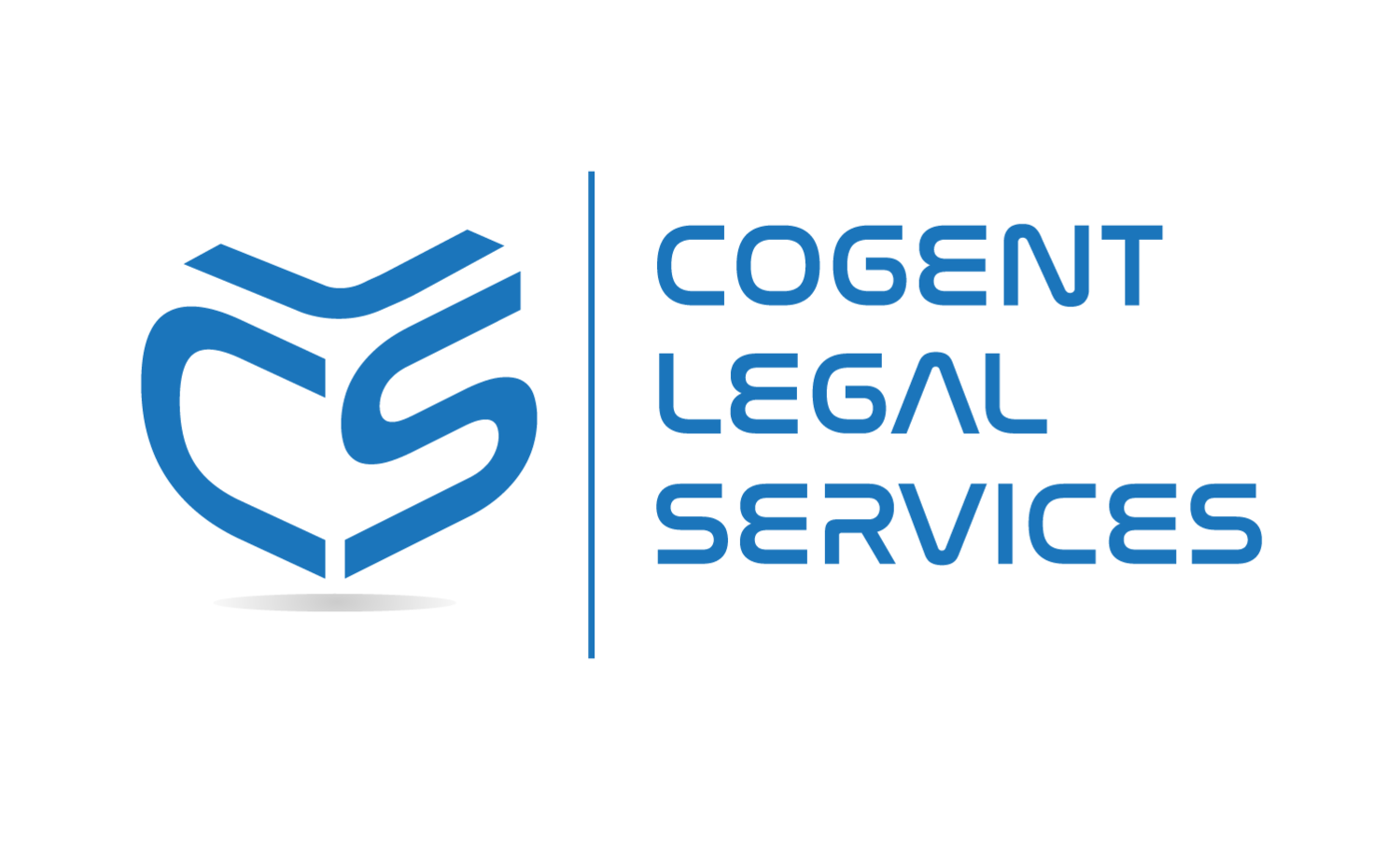Master the Stenographer Keyboard: Unleashing Your Potential in the Digital Age
Mastering Stenographer Keyboards in the Digital Age
I. Introduction
Hello there, future court reporters! Let me start by saying that I’ve been involved in court reporting and stenography for a large portion of my career. I’ve watched as this field evolved from shorthand to the digital tools we now use today. This field is not just for anyone - it requires a certain knack for precision, speed, and adaptability. It is, however, an extremely rewarding field, especially for young professional women, and that's the perspective I'll be sharing with you today.
II. Understanding the Stenographer Keyboard
So let's start at the beginning: the stenographer keyboard. Unlike traditional QWERTY keyboards, stenographer keyboards have far fewer keys and are based on phonetics. Rather than individual letters, these keys represent sounds. At first glance, this keyboard may seem strange, even daunting. Trust me, I’ve been there. But with practice, you'll start to see it differently. You'll learn to see it as your partner in accurately recording the spoken word.
III. Importance of Speed and Accuracy
Speed and accuracy are the yin and yang of court stenography. Your fingers need to dance on the keys, creating a rhythm as the words flow. But that rhythm needs to be a quick one! In our field, words come fast and you need to keep up. There's no "pause" button in courtrooms or during live transmissions.
And then there’s accuracy. Being a court stenographer, you quickly realize that your work is more than just writing down words. You are responsible for recording events, testimonies, and proceedings as they happen. Even the slightest inaccuracy can change the meaning entirely.
IV. Transitioning from Traditional to Digital Stenography
Stenography has come a long way. One of the most significant developments in this field is the shift from traditional to digital stenography. This change was daunting at first, but it opened a whole new world of possibilities. With digital stenography, gone are the days of carrying around stacks of steno paper. Instead, we've got computers and software programs that help us keep everything organized, editable, and shareable.
V. Use of Software in Digital Stenography
In this digital age, we are blessed with a variety of software programs that are designed to make our jobs easier. From CAT (Computer-Aided Transcription) tools that assist with transcription and editing, to programs that offer real-time captioning capabilities, we have it all.
VI. Career Advancement Opportunities in the Digital Age
The beauty of mastering the stenographer keyboard and its accompanying digital tools is the opportunities it presents. The demand for skilled court stenographers is high, but the demand for digitally savvy court stenographers is even higher.
New fields are constantly emerging. Ever watched a live broadcast with captions running along the bottom? That’s the work of a broadcast captioner. Or maybe you've attended a live event where the proceedings were displayed on a screen in real-time? That's CART (Communication Access Realtime Translation) providing accessibility services, another growing field that court stenographers can diversify into.
VII. Tips for Success in Digital Stenography
So, how can you become successful in this field?
First, practice. Practice is essential to becoming a proficient stenographer. Dedicate time each day to practice your skills, and don't get discouraged if progress seems slow. Remember, Rome wasn’t built in a day.
Next, never stop learning. There are plenty of resources, from books to online courses, that can help you enhance your stenography skills and learn about the latest technologies.
Networking is also essential. Join stenography groups, attend seminars, participate in online forums. You can learn so much from other people's experiences.
And finally, keep yourself updated with the latest trends and advancements in the field of stenography. Being technologically adept is no longer an option, it's a necessity in this digital age.

